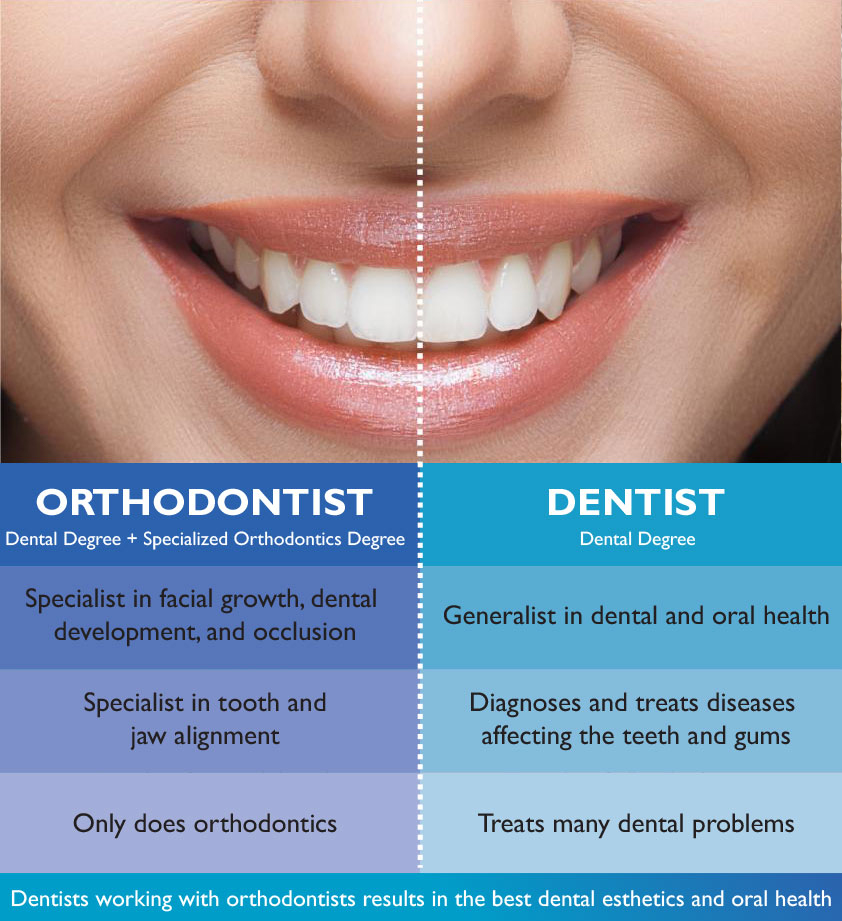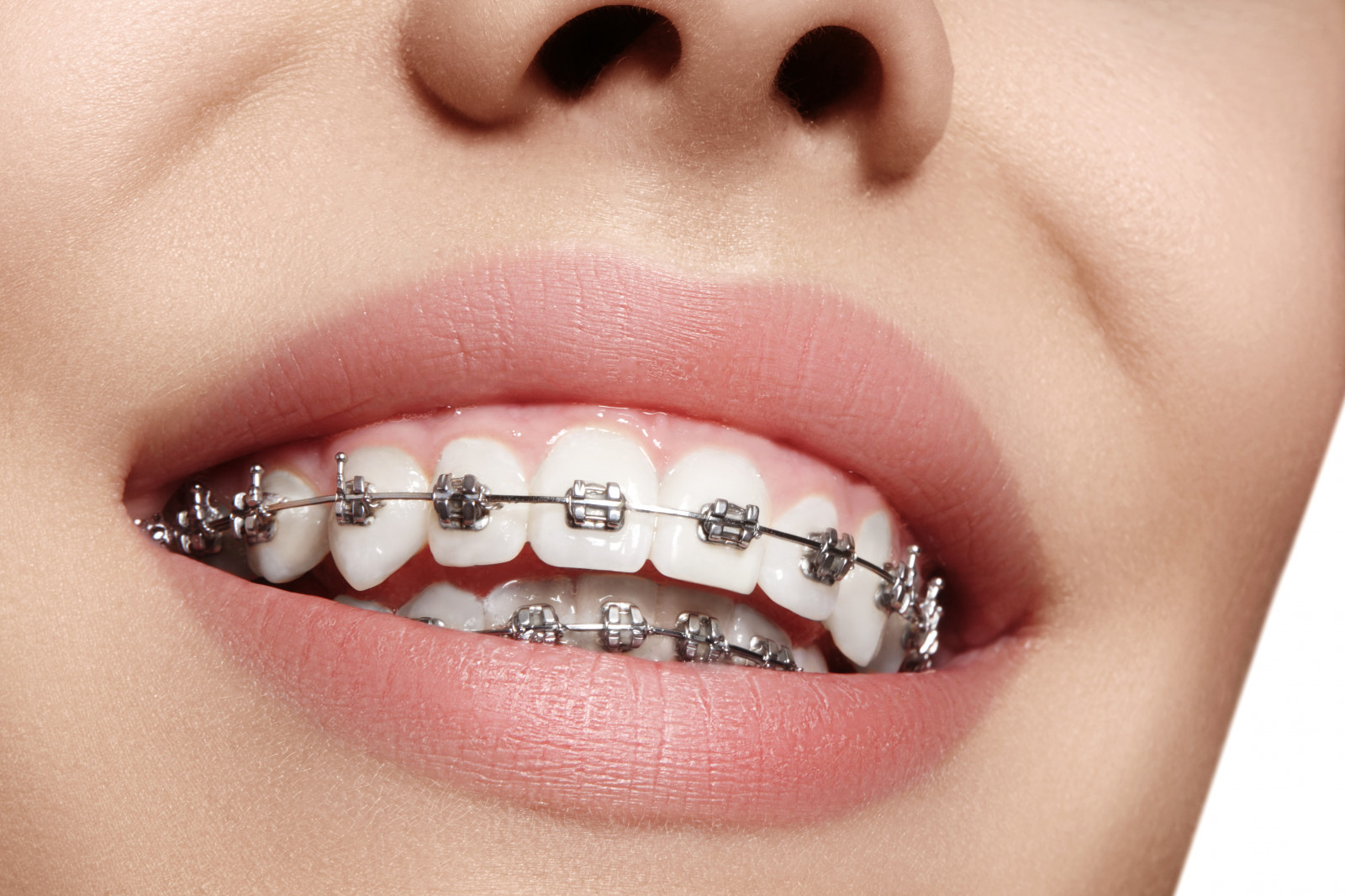The Basic Principles Of Causey Orthodontics
The Basic Principles Of Causey Orthodontics
Blog Article
The Causey Orthodontics Statements
Table of ContentsCausey Orthodontics for BeginnersThe 9-Second Trick For Causey OrthodonticsLittle Known Questions About Causey Orthodontics.The 6-Second Trick For Causey OrthodonticsSome Known Facts About Causey Orthodontics.
Overlooking occlusal partnerships, it was normal to eliminate teeth for a range of dental concerns, such as malalignment or overcrowding. The idea of an intact dentition was not commonly appreciated in those days, making bite correlations seem irrelevant. In the late 1800s, the idea of occlusion was essential for creating trustworthy prosthetic substitute teeth.As these principles of prosthetic occlusion progressed, it ended up being a vital tool for dentistry. It remained in 1890 that the job and effect of Dr. Edwards H. Angle started to be felt, with his payment to modern orthodontics especially significant. At first concentrated on prosthodontics, he educated in Pennsylvania and Minnesota before routing his interest in the direction of dental occlusion and the therapies needed to keep it as a normal problem, therefore ending up being known as the "dad of contemporary orthodontics".

The principle of excellent occlusion, as proposed by Angle and integrated into a classification system, made it possible for a change in the direction of dealing with malocclusion, which is any type of variance from typical occlusion. Having a full set of teeth on both arches was very searched for in orthodontic treatment because of the need for exact connections in between them.
Getting The Causey Orthodontics To Work
As occlusion became the essential top priority, face proportions and aesthetics were neglected - best orthodontist near me. To achieve suitable occlusals without utilizing outside pressures, Angle postulated that having excellent occlusion was the best method to obtain optimum facial visual appeals. With the death of time, it came to be quite apparent that also an outstanding occlusion was not suitable when thought about from a visual point of sight
It became evident that orthodontic therapy could adjust mandibular advancement, causing the development of practical jaw orthopedics in Europe and extraoral pressure steps in the United States. These days, both useful appliances and extraoral devices are applied around the globe with the aim of changing growth patterns and kinds. Subsequently, seeking true, or a minimum of boosted, jaw relationships had actually come to be the primary goal of therapy by the mid-20th century.
Causey Orthodontics - Truths
 Till the mid-1970s, braces were made by wrapping steel around each tooth. https://peatix.com/us/user/23328765., it came to be possible to instead bond metal brackets to the teeth.
Till the mid-1970s, braces were made by wrapping steel around each tooth. https://peatix.com/us/user/23328765., it came to be possible to instead bond metal brackets to the teeth.Andrews offered an informative definition of the suitable occlusion in irreversible teeth. This has actually had meaningful effects on orthodontic treatments that are provided consistently, and these are: 1. Correct interarchal relationships 2. Appropriate crown angulation (suggestion) 3. Right crown disposition (torque) 4. No turnings 5. Limited get in touch with factors 6. Flat Curve of Spee (0.02.5 mm), and based on these principles, he discovered a treatment system called the straight-wire appliance system, or the pre-adjusted edgewise system.
The benefit of the layout depends on its bracket and archwire mix, which calls for just minimal wire bending from the orthodontist or clinician (Causey Orthodontics). It's appropriately called hereafter feature: the angle of the slot and thickness of the brace base ultimately establish where each tooth is situated with little requirement for additional adjustment
Causey Orthodontics Can Be Fun For Everyone
Both of these systems used similar brackets for each tooth and demanded the flexing of an archwire in three planes for situating teeth in their wanted placements, with these bends determining utmost positionings. When it involves orthodontic home appliances, they are split right into two types: removable and fixed. Detachable appliances can be tackled and off by the person as needed.

Hence, virtually all modern-day fixed devices can be considered variations on this edgewise home appliance system. Early 20th-century orthodontist Edward Angle made a major contribution to the world of dental care. He produced four distinct appliance systems that have actually been made use of as the basis for several orthodontic therapies today, disallowing a few exemptions.
Top Guidelines Of Causey Orthodontics

The wire finished in a string, and to relocate ahead, a flexible nut was used, which enabled for a boost in area. By ligation, each private tooth was connected to this large archwire (orthodontist services). Due to its restricted range of movement, Angle was unable to attain exact tooth positioning with an E-arch
These tubes held a firm pin, which could be rearranged at each visit in order to move them in position. Referred to as the "bone-growing device", this device was theorized to urge much healthier bone development because of its potential for transferring force directly to the roots. Executing it showed frustrating in truth.
Report this page